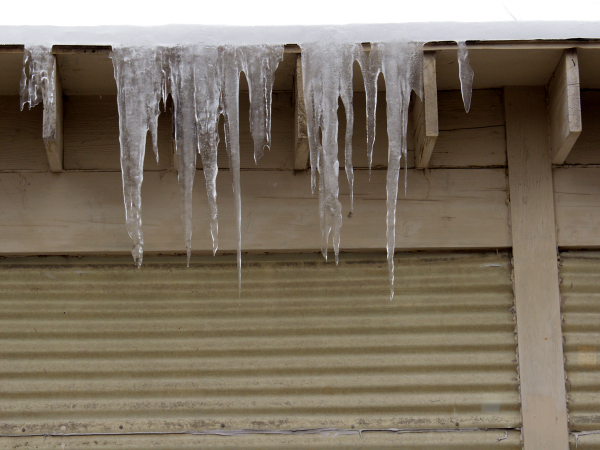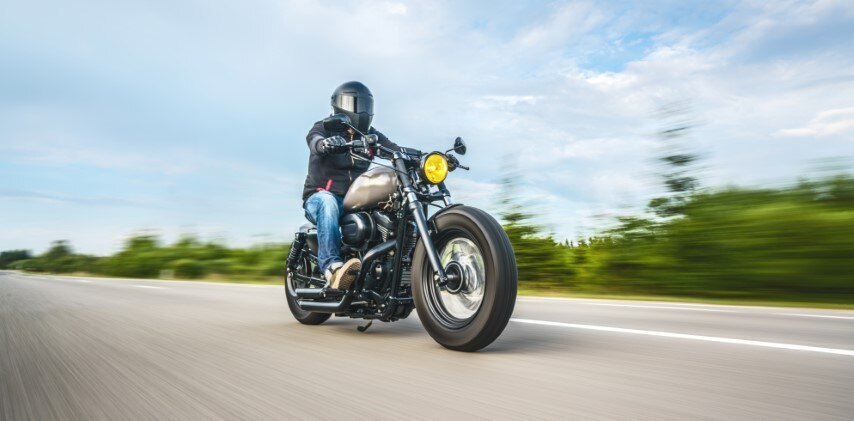Fuel Additives to Winterize Boats, Motorcycles, Small Equipment
Winter is coming, so its time for many people around the country to put up their small equipment for the winter – lawn mowers and equipment, boats...

 There’s nothing like riding a motorcycle on the open road. For most of the world, the motorcycle or 2-wheel scooter is the most common form of motorized transportation available.
There’s nothing like riding a motorcycle on the open road. For most of the world, the motorcycle or 2-wheel scooter is the most common form of motorized transportation available.
Around 200 million motorcycles are in use worldwide (compared to almost 600 million cars) and almost 60% of these are in Asia and the Far East –China and India both have over 35 million motorcycles and motorized scooters in use.
Contrast this to the United States where the car is dominant (about 30% of the world’s cars are here in the United States). In fact, the world’s largest producer of two-wheel vehicles isn’t Harley Davidson or Suzuki, it’s Hero Motocorp, based in India.
While motorcycles and scooters are fuel-efficient and a lot of fun to ride, they aren’t necessarily cheap. High-end motorcycles like a Harley can easily rival what it costs for a new car. That’s a lot of money invested in two wheels. So if you have a motorcycle or scooter, it’s important to take care of your investment so it will keep you riding for years to come.
The fuel system is an essential internal system that ensures your motorcycle gets its essential life blood of fuel delivered to the right place in the right amount for the best performance. Like other parts of the bike, the fuel system requires a little bit of looking after, but it doesn’t have to be difficult or labor intensive, it’s more preventive in nature.
Fuel is quite often overlooked as a form of preventive maintenance on a motorcycle. Any time you’re talking about fuel and fuel systems, you should always consider the fuel filter. It’s wise to check the fuel filter regularly if you have one to make sure it is not clogged, looks clean and is clear. It is recommended that you replace fuel filters every 2 years, or sooner if you have any signs of contaminated fuel. While you’re at it, check the bike’s fuel lines for weather damage and cracking. Replace these lines immediately if any damage is found.
Typically, untreated gasoline retains its best combustion quality in storage for about six months; much less if the gasoline contains ethanol. Things that cause gasoline fuels to lose their quality are exposure to air and light, and the accumulation of water from the environment. Air and light cause chemical reactions (oxidation) to occur in the fuel, producing discolored gasoline with dark deposits collected on the bottom of the gas can or storage tank. These reactions happen faster in hot weather.
Ethanol fuels also have the issue of pulling water out of the air and into the fuel. This is due to the chemical nature of the ethanol itself. When enough water is absorbed, the dissolved ethanol m ay start to drop out of solution in a process known as “phase separation”. The free ethanol mixes with the water and sinks to the bottom of the tank (because water and ethanol is heavier than gas). When this happens, you’ve got some problems that are best avoided, like leftover gasoline that is stripped of its octane rating, or your fuel line sucking up a water/ethanol mix instead of sucking up gasoline.
The best way to prevent these storage problems is to treat the fuel with an additive. But in order to be effective, any fuel additive (like Bell Performance Mix-I-Go) must be added when the gasoline is in good shape. Once the fuel goes bad, there are no products on the market that can restore it to good condition, and the gasoline must be discarded at that point. At best, poor performance and at worst, serious engine damage can result if deteriorated gasoline is burned in your engine. A good fuel additive treatment can double or triple the life of gasoline and will have a positive effect on the performance of your motorcycle.
Furthermore, the ethanol found in most on-road gasoline is highly corrosive and will actually dissolve the aluminum in your carburetor over time. A good fuel additive mixed in with the gasoline should coat and protect the carburetor and fuel system components, protecting them from this process. This is very important when your bike is in storage for a long period of time.

Winter is coming, so its time for many people around the country to put up their small equipment for the winter – lawn mowers and equipment, boats...
Most motorcycles made since 1980 are pretty reliable if they’re maintained properly. To some extent, the high reliability of today’s motorcycles has...

Registered motorcycles in the United States number around 10 million. And it’s a popular pastime, judging from the yearly increase of 500,000 bike...